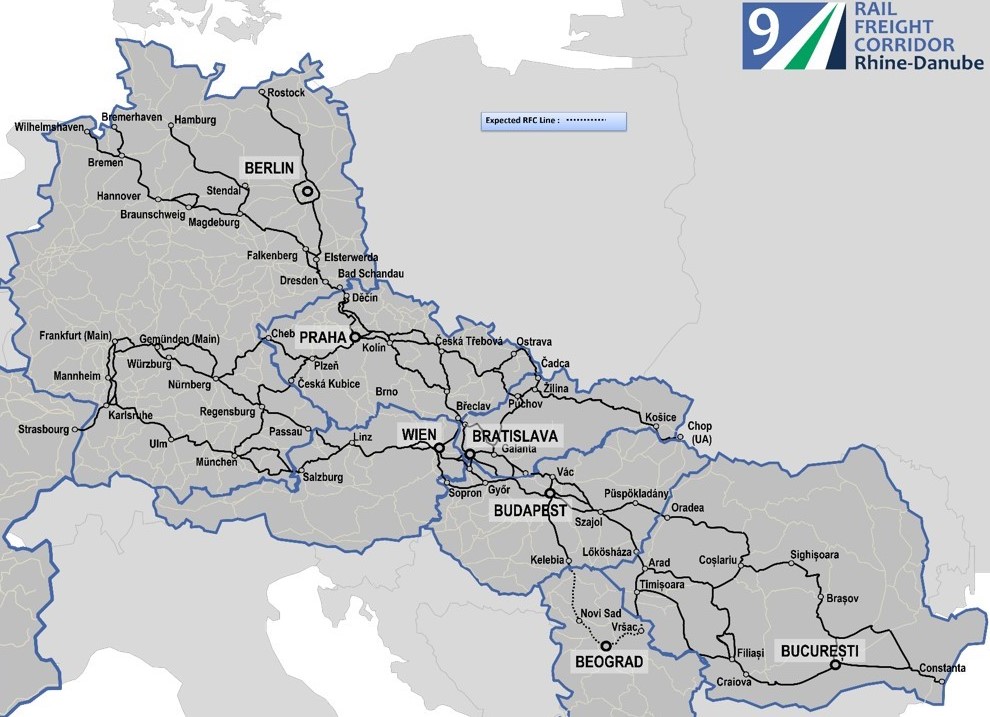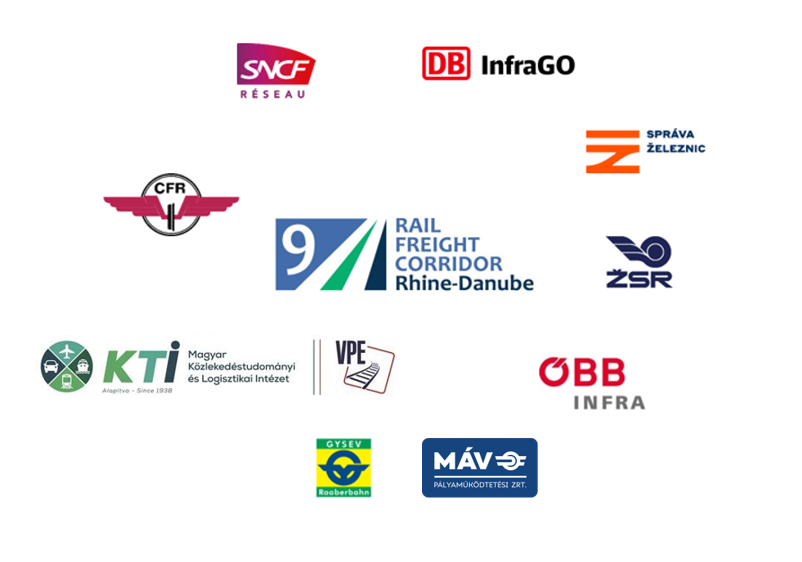We work on increasing competitiveness and quality in the international rail freight transport by providing continuity along the Rhine–Danube Rail Freight Corridor and by enabling interconnections between existing railway infrastructure. Creating better interconnections is an essential factor in making progress towards sustainable mobility.
The basis of the development of the Rhine–Danube Rail Freight Corridor is EU Regulation 913/2010 aiming at creating a European rail network for competitive freight traffic. It sets out the rules for the selection, organization, management and investment planning of rail freight corridors.
The Regulation requires Member States to establish international market-oriented RFCs in order to meet three main challenges:
- strengthening co-operation between IMs on key aspects such as the allocation of paths, deployment of interoperable systems and infrastructure development
- finding the right balance between freight and passenger traffic along the RFCs, giving adequate capacity for freight in line with market needs and ensuring that common punctuality targets for freight trains are met
- promoting intermodality between rail and other transport modes by integrating terminals into the corridor management process
The Regulation defines the routing of Rail Freight Corridor Rhine–Danube (RFC RHD), as follows*:
- Strasbourg–Mannheim–Frankfurt–Nürnberg–Wels
- Strasbourg–Stuttgart–München–Salzburg–Wels–Wien–Bratislava–Budapest–Arad–Brașov/Craiova–București–Constanța
- Čierna nad Tisou (Slovak/ Ukrainian border)–Košice–Žilina–Horní Lideč–Praha–München/Nürnberg
The routing of the Rhine–Danube RFC provides the main East–West link across Continental Europe.



